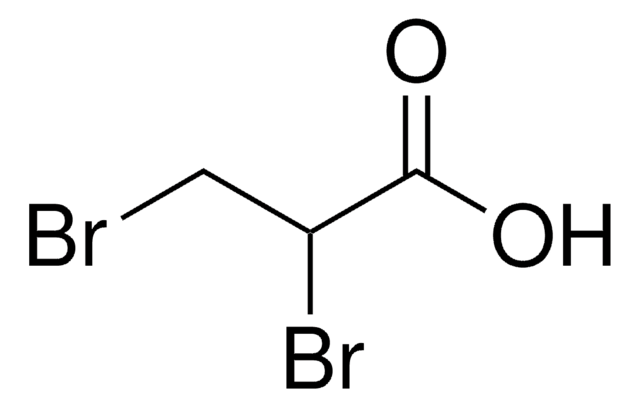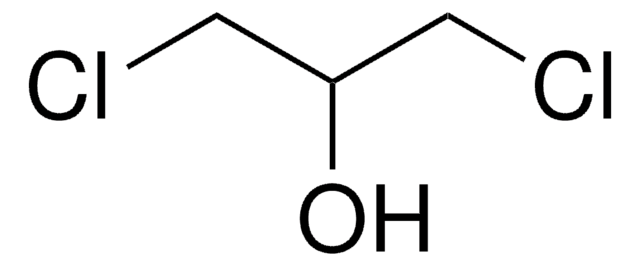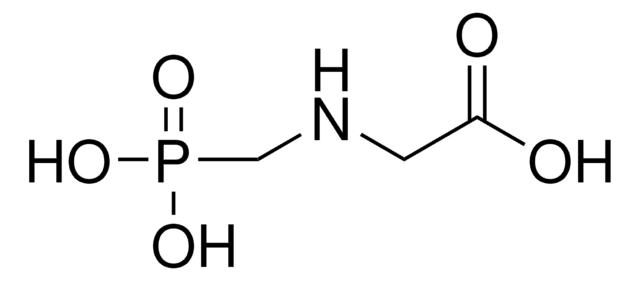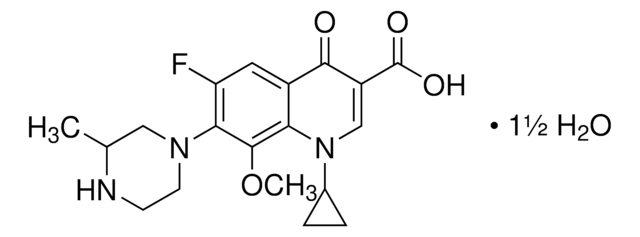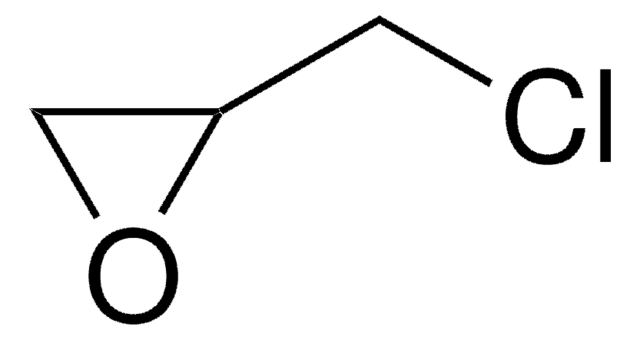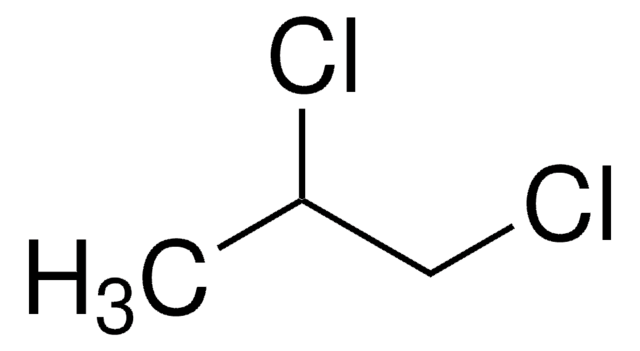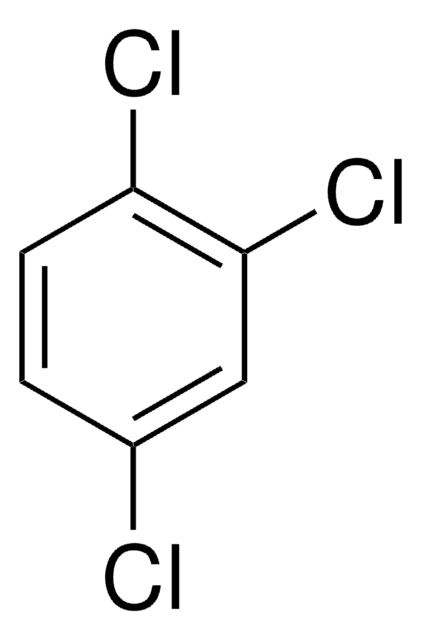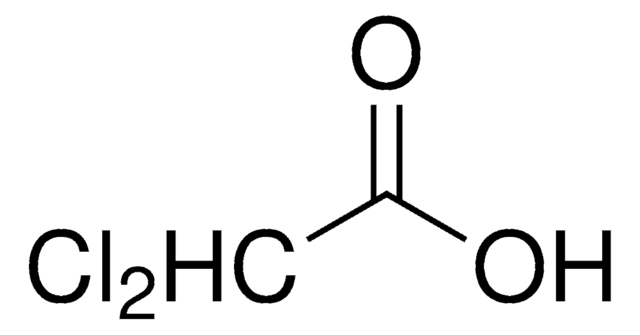47794
1,2,3-Trichloropropane
analytical standard
Synonym(s):
Glycerol trichlorohydrin, Trichlorohydrin
About This Item
Recommended Products
grade
analytical standard
Quality Level
CofA
current certificate can be downloaded
packaging
ampule of 1000 mg
technique(s)
HPLC: suitable
gas chromatography (GC): suitable
refractive index
n20/D 1.484 (lit.)
bp
156 °C (lit.)
mp
−14 °C (lit.)
density
1.387 g/mL at 25 °C (lit.)
application(s)
cleaning products
cosmetics
environmental
food and beverages
personal care
format
neat
storage temp.
2-30°C
SMILES string
ClCC(Cl)CCl
InChI
1S/C3H5Cl3/c4-1-3(6)2-5/h3H,1-2H2
InChI key
CFXQEHVMCRXUSD-UHFFFAOYSA-N
Looking for similar products? Visit Product Comparison Guide
Application
signalword
Danger
Hazard Classifications
Acute Tox. 3 Dermal - Acute Tox. 3 Inhalation - Acute Tox. 3 Oral - Aquatic Chronic 3 - Carc. 1B - Eye Irrit. 2 - Muta. 2 - Repr. 1B - STOT RE 1 Inhalation
target_organs
Kidney,Liver,Mucous membranes
wgk_germany
WGK 3
flash_point_f
165.2 °F
flash_point_c
74 °C
ppe
Eyeshields, Faceshields, Gloves, type ABEK (EN14387) respirator filter
Choose from one of the most recent versions:
Already Own This Product?
Find documentation for the products that you have recently purchased in the Document Library.
Customers Also Viewed
Protocols
US EPA Method 8260 describes the analysis of volatile organic compounds in solid wastes and ground waters. This application illustrates the analysis of many compounds commonly analyzed by this method using purge and trap coupled to GC-MS.
Our team of scientists has experience in all areas of research including Life Science, Material Science, Chemical Synthesis, Chromatography, Analytical and many others.
Contact Technical Service
